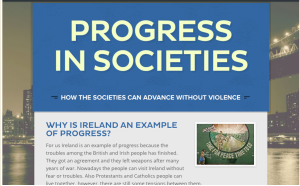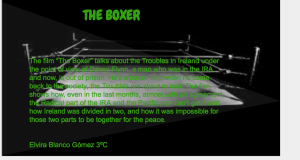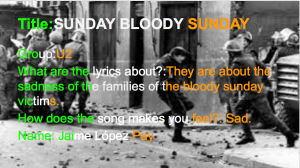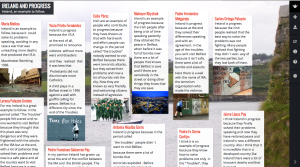Today we publish a new work from IES Vicente Medina in Archena (Murcia). The students 1ºESO C have done an amazing project called "The perfect Brit"
Inmaculada López, the English teacher tell us:
During the 2nd term 1º ESO C students were reading “Around the world in 80 days” as part of the project “The perfect Brit” they have been working on in collaboration with 1º Bachillerato C students. I thought it would be a great idea to learn a bit of British history while having fun following Phileas Fogg’s adventures around the world, so we set out on our own after having a look at what Victorian life was like and what the term Victorian referred to.
After reading, students were asked to choose one of the countries Phileas Fogg visits and create a digital leaflet with information about it using smore. They had to include information about important cities, the main language, food and drink, popular music, sports or any other thing they thought it might be interesting. Besides, they were asked to present their work orally to the rest of the class and their presentations were recorded.
You can check out the task step by step plus their leaflets by clicking on the photo:
Also, I suggest that you watch these fantastic oral presentations. As always, they did a great job.









